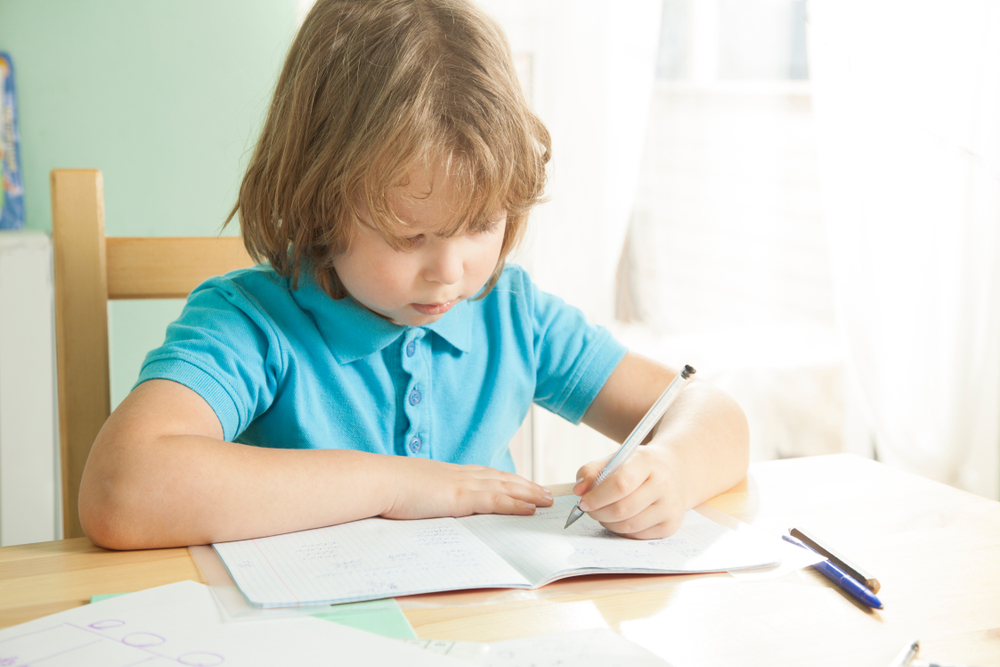Understanding symmetry Sight Words Worksheets for Ages 5-6
3 filtered results
-
From - To
Discover the exciting world of symmetry with our "Understanding Symmetry Sight Words Worksheets" designed for children ages 5-6! These engaging worksheets blend learning sight words with the concept of symmetry, helping young learners enhance their vocabulary while exploring visual patterns. Each activity is tailored to promote critical thinking and creativity, making learning enjoyable and interactive. Perfect for home or classroom use, our worksheets encourage students to identify and create symmetric shapes while reinforcing important sight words. Start your child's educational journey today by nurturing their reading skills and understanding of symmetry in a fun and captivating way!
Understanding symmetry and sight words is crucial for early learners aged 5-6 because these concepts form foundational skills in literacy and cognitive development. Recognizing sight words—common words that children can identify by sight rather than decoding—enhances reading fluency and comprehension. Mastery of sight words allows children to focus on understanding the meaning of sentences rather than getting bogged down by decoding every single word, fostering a love for reading and enabling them to engage with various texts more effectively.
On the other hand, symmetry is an essential mathematical concept that helps children develop spatial awareness, problem-solving skills, and an appreciation for patterns in both art and nature. It encourages critical thinking and creativity, as children learn to recognize symmetrical relationships and apply this knowledge in various contexts, such as drawing, building, and even in everyday life.
By engaging with both symmetry and sight words, teachers and parents support holistic development in children, preparing them not just for future academic challenges but also for real-world problem-solving. Nurturing these skills contributes to a well-rounded education, fostering confident, capable, and enthusiastic learners ready to take on new challenges. This dual focus ultimately shapes a stronger foundation for lifelong learning.

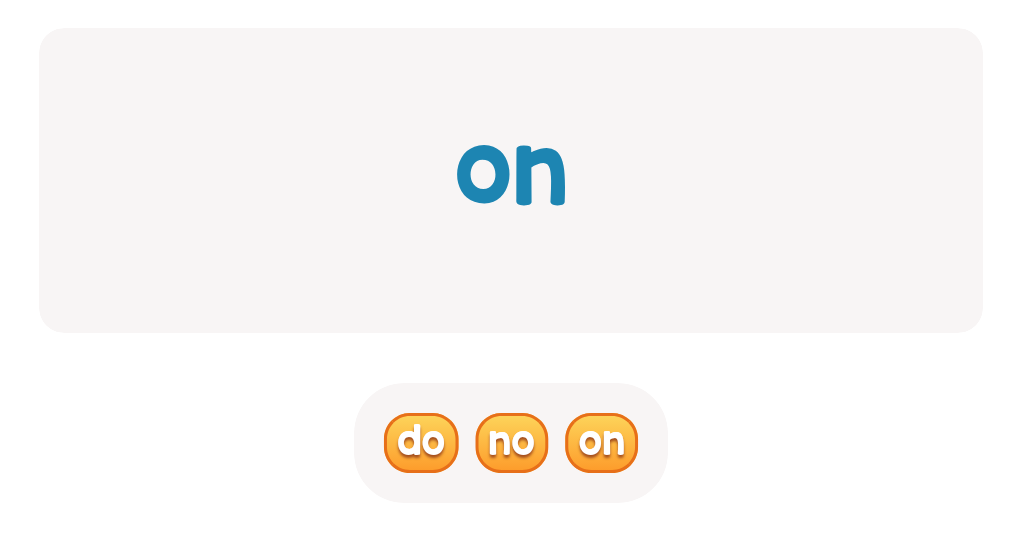
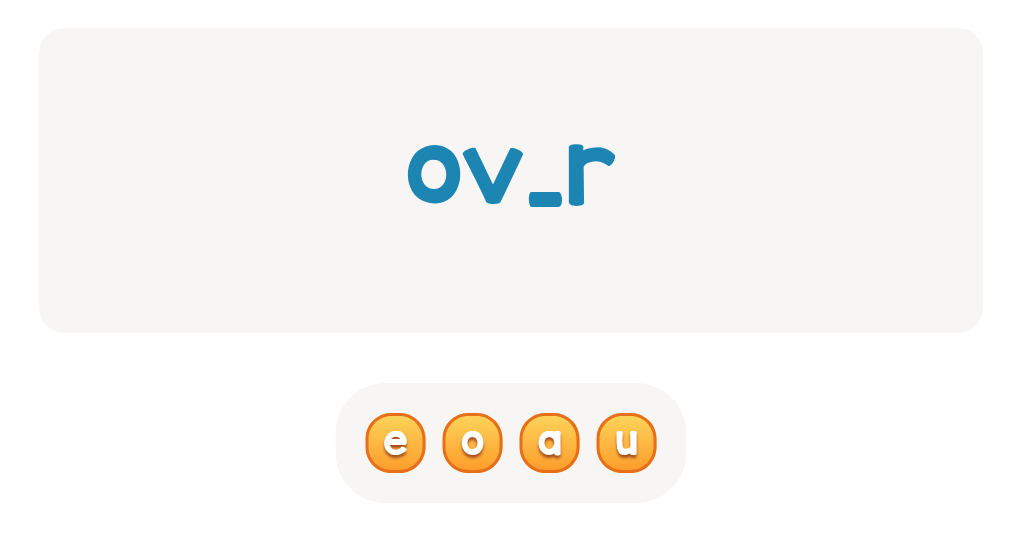
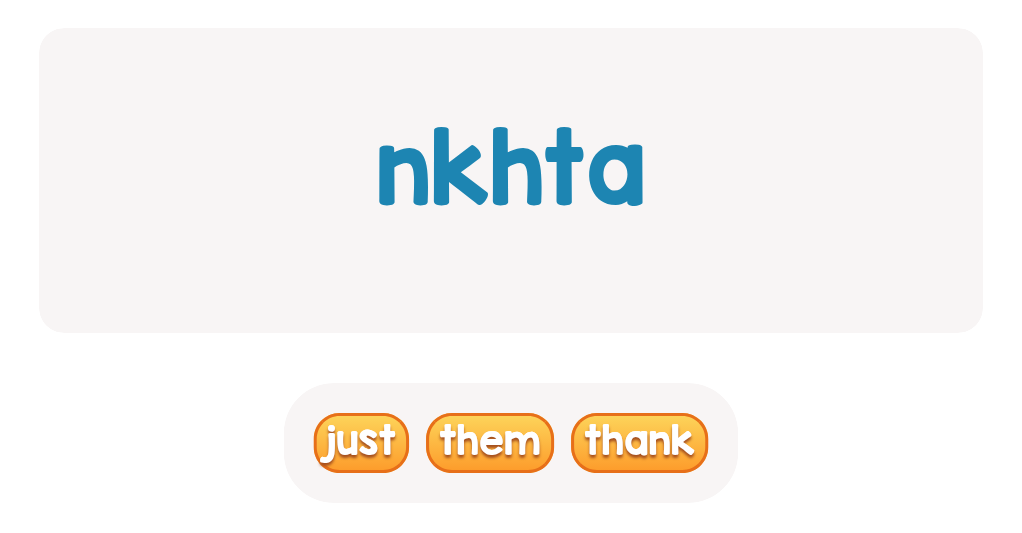
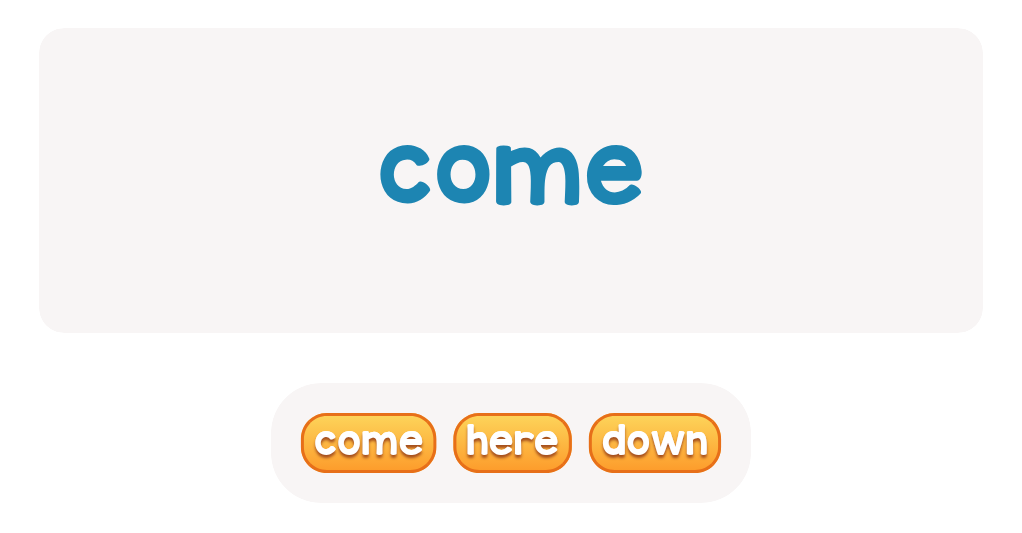
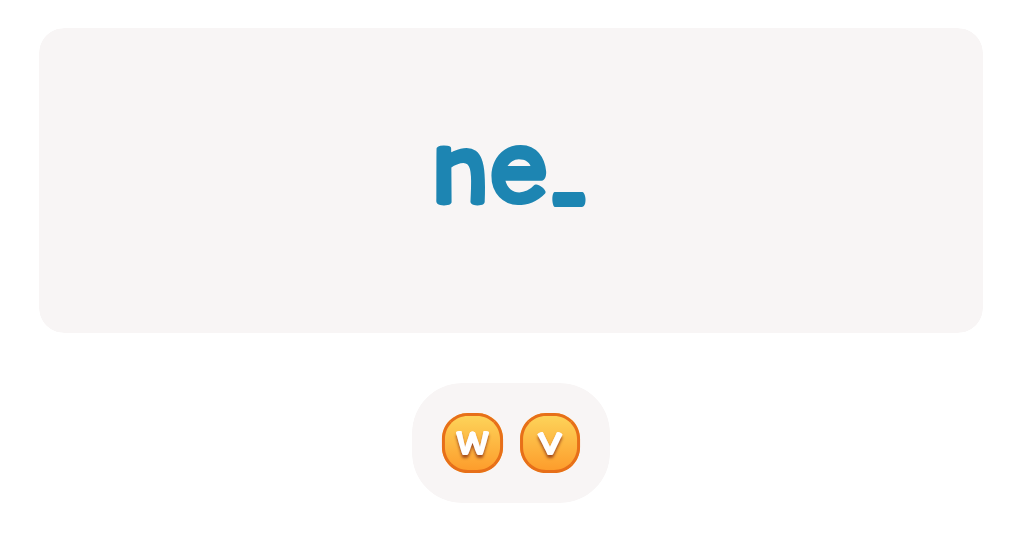
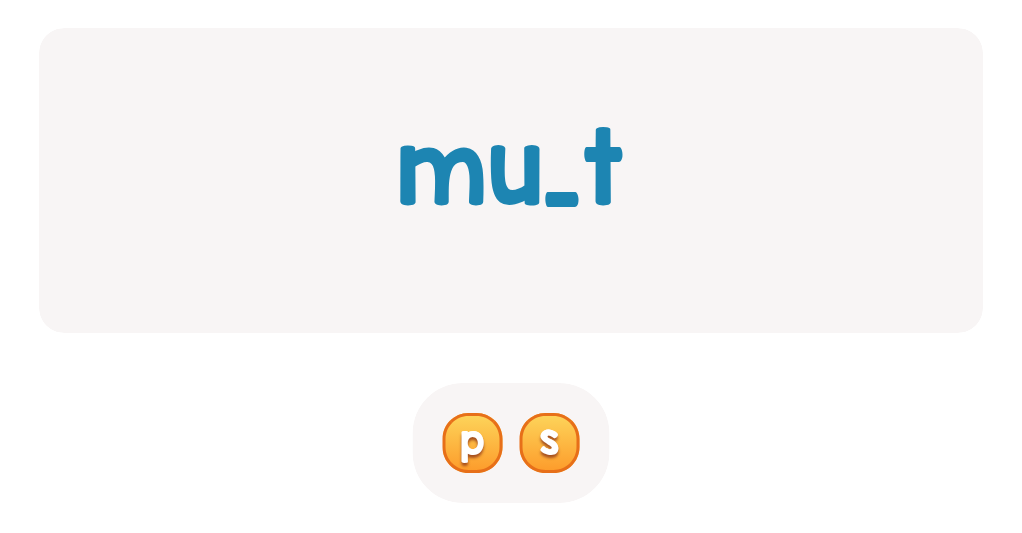
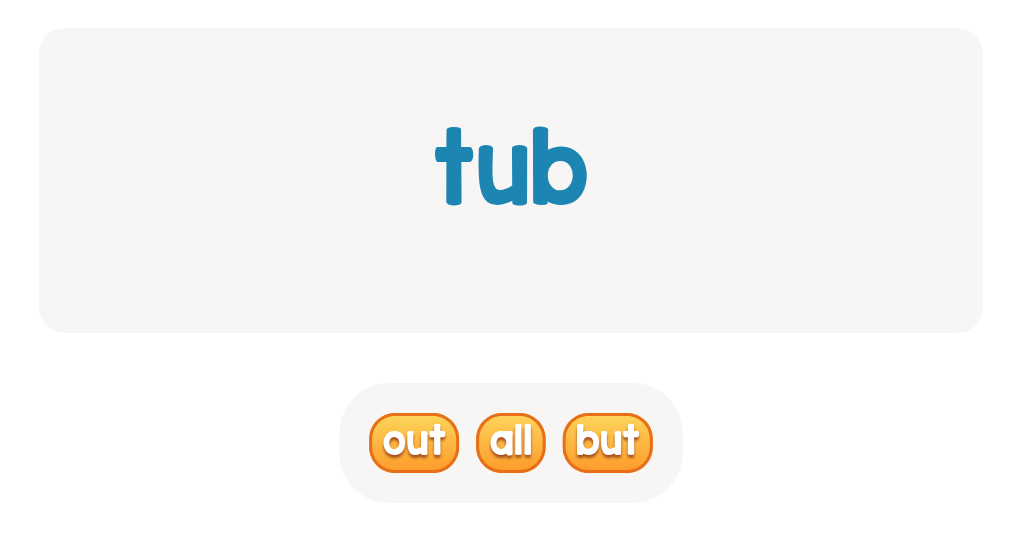


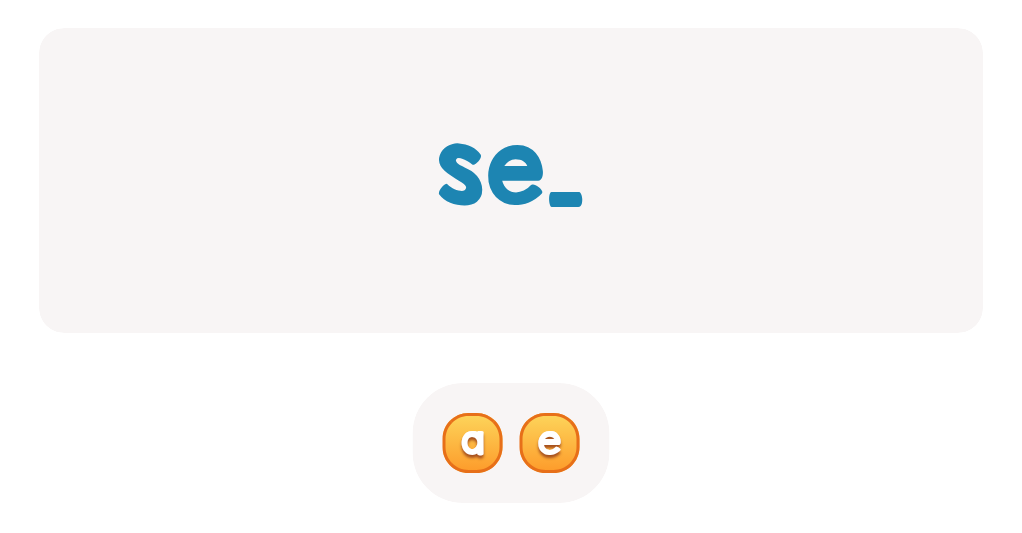
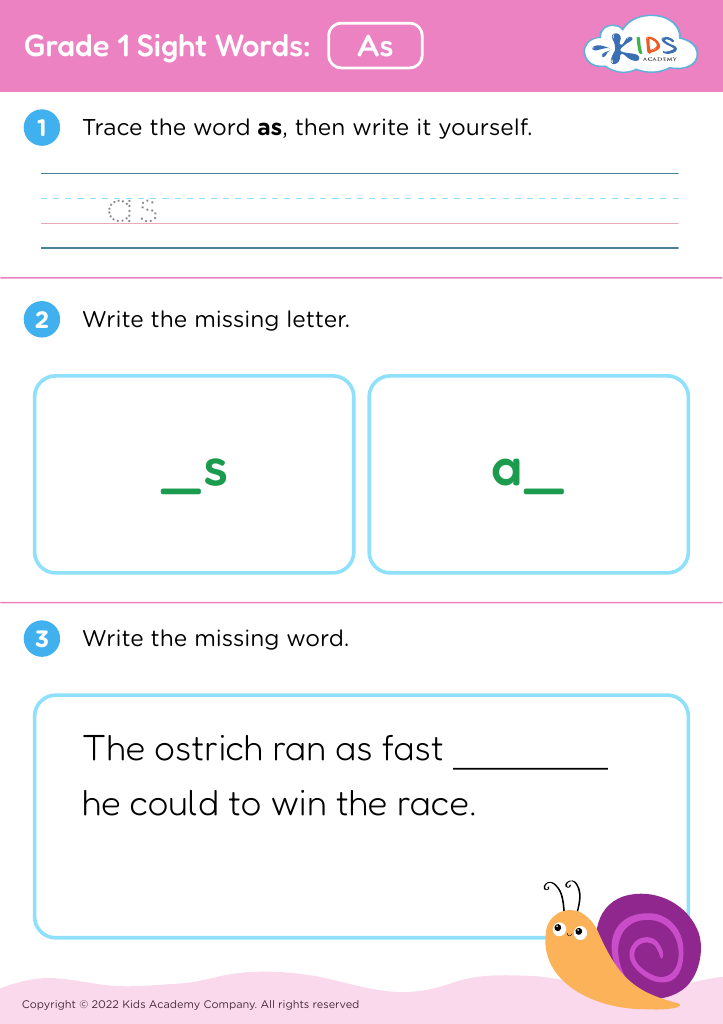
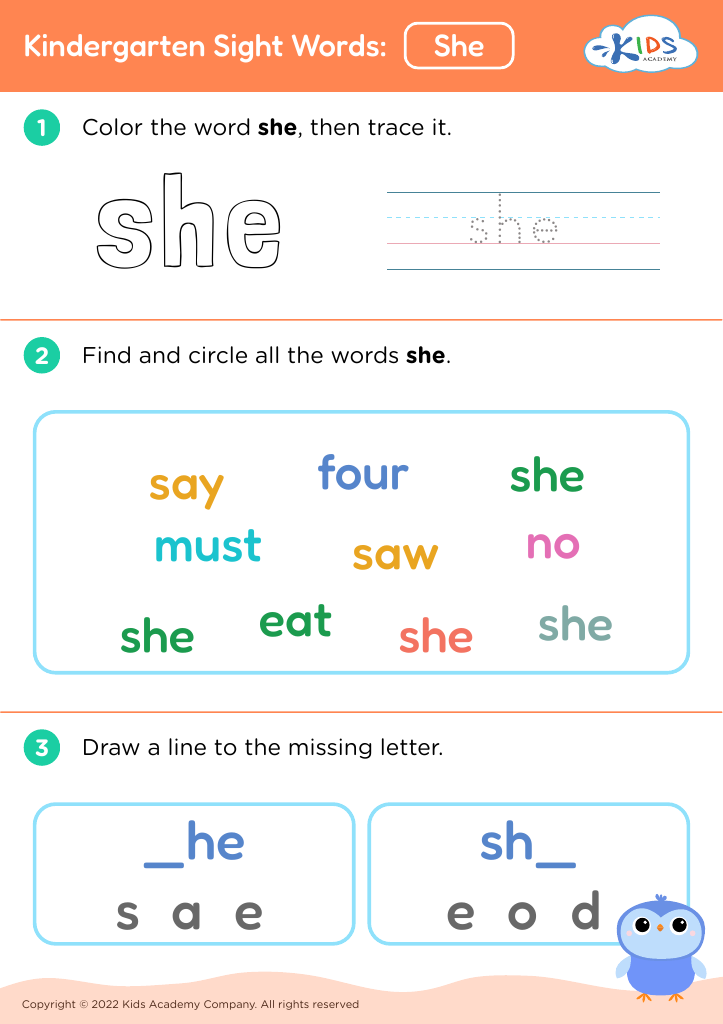


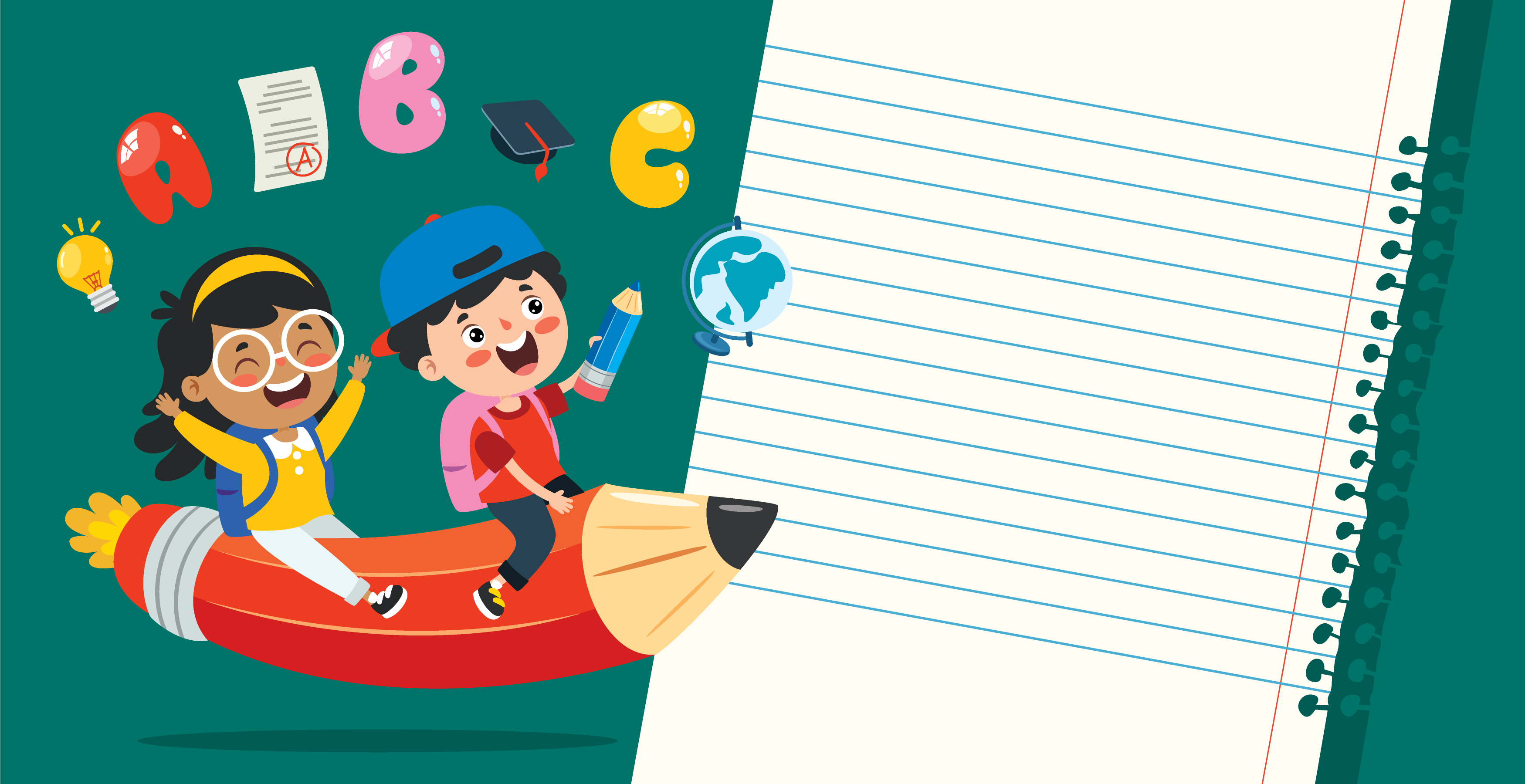

.jpg)
